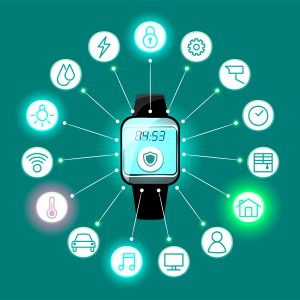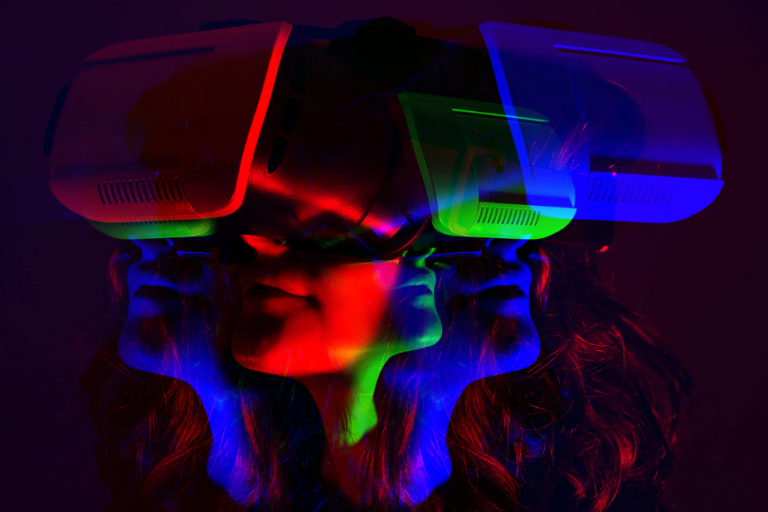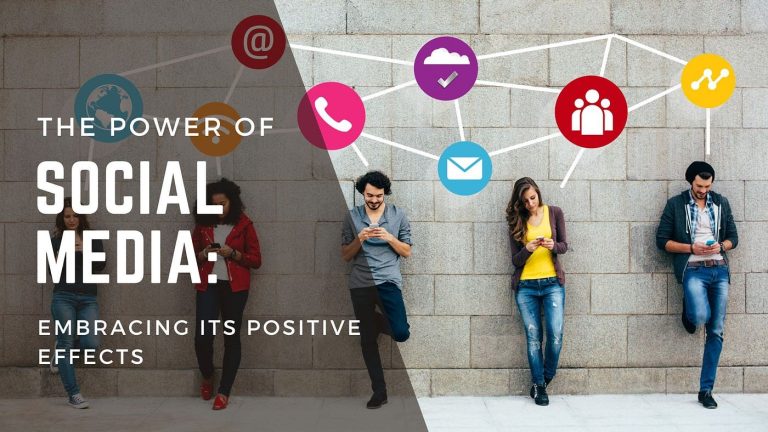How Digital Tech Time Is Shaping Tomorrow
I. Foundational Understanding
1. What is the future of digital technology?
Digital Tech Time is evolving fast. With advancements like 5G and AI, we’re on the brink of innovations. 5G will make connections faster, while AI will drive more automation. This means more smart devices in homes and workplaces.
2.The Evolution of Digital Tech Time Over the Years
Over the past couple of decades, digital technology has greatly changed. What once was simple electronic devices, from calculators to early personal computers, is now a far-reaching network of complex technologies enveloping nearly every aspect of our daily life. From those very early gadgets to the really complex IoT era, it’s been a miracle journey that is worth elaborative telling; this is where the IoT comes in-the game-changer in the evolution of digital tech time. As IoT was connecting everyday objects with the Internet, more automation and smarter solutions could be managed or allowed accordingly. Smart home devices such as Amazon Echo and Google Nest gained a lot of popularity because they can control lighting, security systems, and even kitchen appliances.
Mainly in the early days of digital technology, devices were stand-alone, designed to address basic needs: word processing and simple computing at best. The IBM PC revolutionized office work back in the 1980s but was basically limited in functionality. “Digital tech time” used to be spent at desks operating slow machines by today’s standards, often capable of no more than typing or running some type of early software program.
3. Key trends in digital tech time for 2024
In 2024, blockchain technology is going to widen its influence beyond cryptocurrency. From its initial popularity with Bitcoin, these days blockchain delivers solutions for secure and transparent transactions for a variety of industries. Supply chain management and healthcare, taking advantage of this technology, are making attempts to apply it in goods tracking and credentials, respectively, which will assure traceability and integrity of data. This whole shift is toward systems that are going to be more decentralized and trustless, probably starting a revolution in handling transactions and data management in general.
By 2024, AR will have become part of daily life. Further development with regards to AR glasses and mobile applications has given users new ways of interacting with the physical world. Applications can range from immersive shopping experiences to interactive learning environments. For instance, AR may allow users to view what furniture would look like in their home before purchase or pop up real-time translations of foreign languages.
Quantum computing is soon going to make giant leaps toward the solution of complicated problems. While still in its infancy, it promises to solve some of those hardest calculations that no ordinary computer can resolve. By utilizing the power of quantum mechanics, quantum computers can eventually impact wide areas of cryptography, pharmaceutical research, and climate modeling. As development goes on, it might just be the case that quantum computing plays an integral part in solving some of the complex problems of the world.
4. How digital tech time shapes innovation

Innovation thrives when digital technology integrates into everyday life. When taken in sum, digital tech time shapes innovation in a fundamental manner, where development and the application of new technologies have drastically accelerated. As new digital tools and platforms become available, experimentation and iteration can occur ever faster, and companies can take ideas to the road test and then adapt their approach more rapidly. The advances in cloud computing, for example, supply scalable resources to start-ups and established firms and thus facilitate rapid prototyping and deployment of novel software and services. Beyond that, AI woven into applications-from customer service chatbots to predictive analytics fuels innovative solutions for efficiency and personalization. This sea of change in constant evolution with digital tech fosters creativity and at the same time disrupts traditional industries to entirely new business models and technologies abounding.
5. Emerging technologies in digital tech time
We’re seeing virtual reality (VR), AI-powered devices, and cloud computing leading the pack of emerging technologies. Cloud computing allows for remote work, while AI transforms industries like healthcare and education.
6. How 5G is transforming digital tech time
5G technology is making this digital tech time even faster, offering much faster data speeds and lower latency compared to its forerunners. This advancement is primed for seamless, high-definition content streaming, real-time communication, and the better performance of online gaming. The potential for simultaneously connecting many more devices increases with 5G, further assisting the development and expansion of smart cities and IoT applications. For example, it would enable autonomous vehicles to talk to each other in real-time and even to infrastructure, thus enabling much greater safety and efficiency on the roads. In summary, 5G developments definitely guarantee sandboxes of innovation within industries themselves, opening up new applications and improving existing technologies by offering a robust and responsive digital infrastructure.
II. Impact on Society and Daily Life
| Aspect | Impact |
|---|---|
| Mental Health | Increased screen time can affect well-being. |
| Education | Digital technology is reshaping how we learn and teach. |
| Future of Work | More jobs are becoming remote thanks to digital technologies. |
| Digital Divide | Access to tech varies across communities, widening the digital gap. |
7. The Impact of Digital Tech Time on Daily Life
Digital technologies have deeply influenced the latter on practically every aspect of daily routine, from ways of working and communicating. They have replaced face-to-face meetings and conferencing with facility video conferencing through Zoom, Microsoft Teams, or other platforms. They provide facilities of working from homes and maintaining communications with others in distant areas. Shopping has also changed considerably with platforms such as Instacart and Amazon, which can place orders for groceries and other products while sitting in the comfort of one’s house. This convenience has changed buying behavior in such a way that people spend less time in stores. In turn, Netflix and Spotify have re-thought how people enjoy movies, shows, and music-for on-demand access to entertainment changed people’s preferences over leisure time.
8. Digital Tech Time and Its Effect on Mental Health
Excessive digital tech time fosters poor mental health, including mental fatigue and stress. Research has proved that extended period consumption of social media applications like Instagram diminishes self-esteem and leads to anxiety, especially for the growing young population who, more often than not, compare themselves to idealized versions of others. These continuous notification and pressure to always be connected add up the stress and feeling of overwhelm. Furthermore, excessive screen time is linked with sleep disturbance and lower overall wellbeing factor drawing the attention of people to be more considerate with the use of digital technologies in order to safeguard their mental health.
9. How Digital Tech Time Impacts Education and Learning
Digital tech time changed education by introducing technology into the very process of learning. Thanks to online platforms like Google Classroom and Zoom, students can now take classes, submit assignments, and interact remotely with teachers, thus making education more accessible. Furthermore, interactive whiteboards and tablets have gained wide acceptance in classrooms, making lessons more interactive; it is an approach to making lessons more interactive and engaging by using tools that foster a dynamic learning environment. Online resources and educational applications supplement the need for supplementary support and materials beyond those of normal textbooks, which also allow learners to learn at their own pace and explore subjects in depth. The tendency toward digital classrooms has expanded not only the arena of educational possibilities but has also introduced new methods of teaching and learning into the process.
III. Managing Digital Tech Time

10. Best Practices for Managing Digital Tech Time
- Set Daily Limits: Establish daily time limits for social media and gaming apps to prevent excessive use. Most devices offer built-in tools to set these limits, which can help you stay mindful of how much time you’re spending on these activities.
- Use Screen Time Trackers: Utilize screen time tracking features available on smartphones and tablets to monitor and assess your tech usage. These tools provide insights into how much time you’re spending on different apps and can help you make informed decisions about your digital habits.
- Create Tech-Free Zones: Designate certain areas of your home as tech-free zones, such as the dining room or bedroom. This practice helps create boundaries between tech use and other activities, promoting healthier habits and reducing overall screen time.
- Schedule Tech Breaks: Integrate regular breaks into your day to step away from screens. Use reminders or apps like Forest to help you take these breaks, which can improve your focus and reduce eye strain.
- Prioritize Offline Activities: Read, exercise, or spend time with loved ones offline. All these activities balance your tech time and thereby make life a whole lot more enriching, with the bonus of a healthy relationship with digital devices.
11. Digital Tech Time: Balancing Screen Time and Productivity
- Implement Time-Blocking: To manage work and screen time effectively, use time-blocking techniques to schedule dedicated periods for specific tasks. This approach helps you stay focused and prevents work from bleeding into personal time.
- Utilize Productivity Apps: Leverage productivity tools like Trello or Google Calendar to organize and track your tasks. These apps help you plan your day efficiently, set deadlines, and allocate time for breaks, ensuring that you remain productive without being glued to your screen.
- Set Clear Work Boundaries: Establish boundaries for work-related tech use by setting specific start and end times for your workday. This practice helps you avoid burnout and ensures that you have dedicated time to unwind and engage in non-digital activities.
- Incorporate Focus Sessions: Use techniques such as the Pomodoro Technique to work in focused intervals followed by short breaks. This method enhances productivity while allowing you to step away from screens periodically.
- Evaluate and Adjust: Make it a point to regularly review technology use and productivity to understand where your approach should shift. You’ll want to fine-tune this constantly by considering what works best for you in helping to balance screen time with the maintenance of productivity.
IV. Technology and Security Concerns
| Concern | Action |
|---|---|
| Cybersecurity | Use strong passwords and enable two-factor authentication. |
| Data Privacy | Be mindful of the information shared online. |
| Ethical AI | Ensure transparency in AI-powered systems. |
12. Digital tech time: cybersecurity risks and solutions
As we embrace more digital tech, we also open ourselves to cyber threats. From phishing scams to data breaches, it’s crucial to use firewalls and strong passwords to protect personal data.
13. Ethical considerations in the era of digital technology
With the rise of AI, ethical concerns have grown. For example, companies using AI-powered algorithms must ensure fairness and avoid bias in decision-making processes.
V. Applications and Industry Impact
- Healthcare: AI helps doctors diagnose illnesses faster.
- Retail: E-commerce is booming, with more people shopping online.
- Transportation: Self-driving cars will revolutionize how we travel.
14. Digital tech time and its influence on consumer electronics

From smart refrigerators to wearable tech, consumer electronics have changed how we live. For instance, Fitbit and Apple Watch track our health data, keeping us more aware of our wellness.
15. Exploring digital technology’s role in the smart home revolution
Smart homes are no longer just a concept. Devices like Nest Thermostats and Ring Doorbells make managing home security and energy more efficient, saving both time and money.
VI. Future-proofing and Continuous Learning
| Learning Strategy | Benefit |
|---|---|
| Lifelong Learning | Stay relevant in an ever-changing tech world. |
| Online Courses | Platforms like Coursera and Udemy offer flexible tech courses. |
| Tech News and Updates | Follow Digital Tech Time trends to remain informed. |
16. The importance of lifelong learning in digital tech time

The world of digital tech never stops evolving. To stay ahead, it’s important to commit to lifelong learning. Platforms like LinkedIn Learning offer courses to sharpen your tech skills.
17. How to stay updated on digital tech time trends
Staying current with digital tech trends requires following reputable sources. Subscribing to newsletters like TechCrunch or Wired will keep you informed on the latest developments.
Conclusion
As Digital technology continues to change our world, it’s crucial to adapt and learn. Whether it’s managing screen time, staying secure online, or embracing new tech, there’s no slowing down. Keep your eyes open for trends, and always find balance in how you use digital tech.







